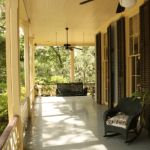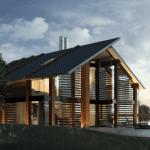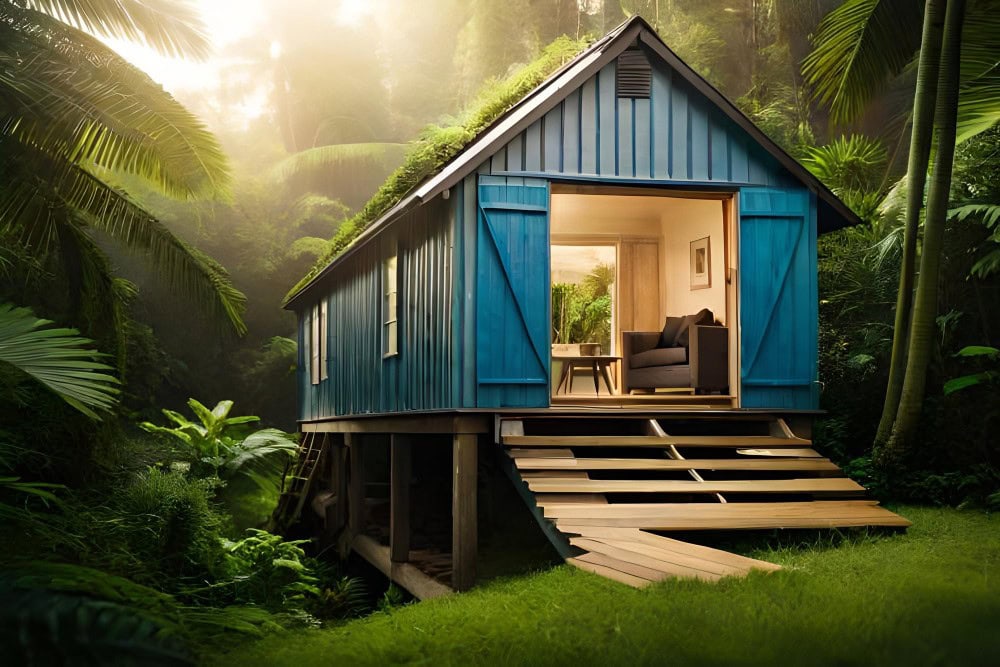
The tiny house movement has captured the imagination of those dreaming of a minimalist lifestyle, free from the burdens of a hefty mortgage and unnecessary belongings. As real estate prices soar, more individuals are considering the possibility of living big in small spaces. Building a tiny house offers a unique opportunity to own a home without the financial strain associated with traditional housing. However, keeping costs low during construction can be challenging. This blog post will explore effective strategies for building a tiny house on a budget, ensuring you can achieve your small-scale home dreams without breaking the bank.
Understanding the Costs Involved
Before diving into the construction of a tiny house, it’s crucial to have a clear understanding of the potential costs. The main expenses include materials, labor, land, and permits. While a tiny house generally requires fewer materials than a standard home, the cost per square foot can be higher due to the specialized compact designs and multi-functional spaces. Labor costs can vary widely depending on whether you choose DIY or professional help. Additionally, the price of land, although potentially less than that required for a traditional home, and the cost for zoning and building permits must also be considered. By comprehending these costs, you can better navigate the financial challenges of tiny house construction.
Planning and Budgeting
A meticulously planned budget is your best defense against unexpected expenses. Start by outlining every phase of your build and estimating the costs for each component. It’s advisable to include a contingency fund of around 10-15% of your total budget to cover unforeseen costs. Utilizing budgeting tools, spreadsheets, or construction software can help you keep track of expenses and manage your finances effectively. Setting a realistic budget ensures that you maintain financial control and avoid overspending, keeping your tiny house project affordable.
Cost-Saving Design Choices
One of the most significant ways to cut costs is by making smart design choices. Opt for a simpler, more compact design to reduce the amount of materials and labor required. Prioritize functionality over complexity; a well-designed 200-square-foot house can feel spacious and be highly functional. Additionally, consider using energy-efficient designs and appliances, which, while possibly more expensive upfront, can save a considerable amount of money in the long run on utility bills. Choosing standard-sized materials can also reduce waste and costs, as custom cuts and designs tend to be pricier.
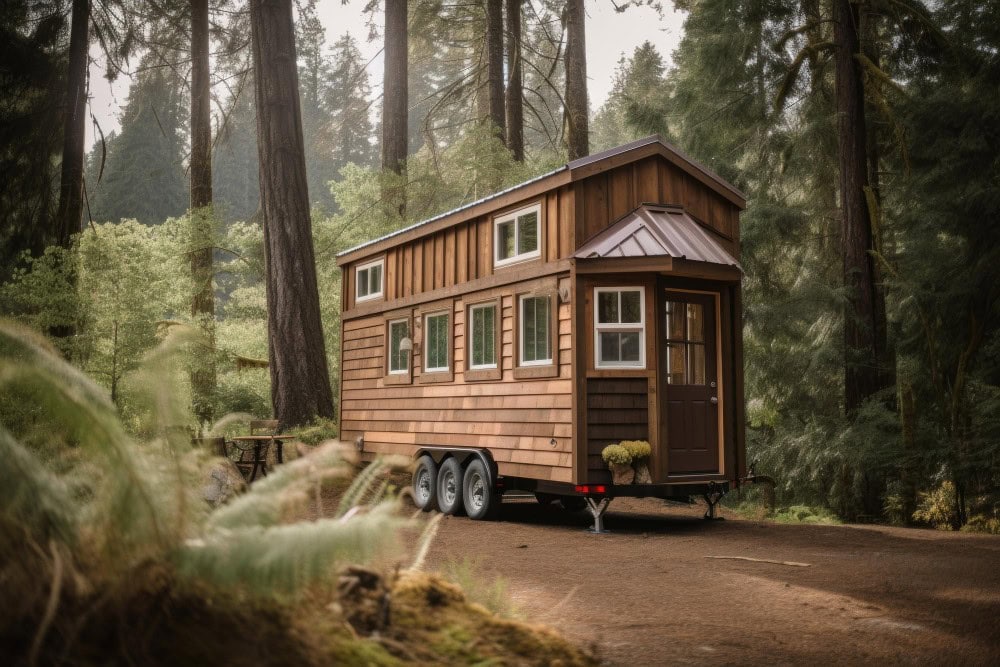
DIY vs. Professional Help
Deciding whether to do it yourself or hire professionals is a critical decision in the budgeting process. If you have some skills in carpentry, plumbing, or electrical work, you can save labor costs by doing these tasks yourself. Many communities offer workshops or classes that can equip you with the necessary skills. However, for parts of your build that require expert knowledge or certification, such as electrical wiring or plumbing, hiring a professional is advisable to ensure safety and compliance with local codes. Balancing DIY efforts with professional input can lead to significant savings without compromising the quality and legality of your tiny house build.
Sourcing Materials
A critical aspect of building a tiny house on a budget is sourcing materials economically. Explore local classifieds, online marketplaces, and salvage yards for deals on used or leftover building materials. These sources often offer significant discounts compared to buying new. Additionally, consider using reclaimed or recycled materials, which are not only cost-effective but also environmentally friendly. For example, repurposed wood can add character and uniqueness to your tiny home at a fraction of the cost of new materials. Negotiating with suppliers for bulk purchases or end-of-line deals can also reduce expenses, making your budget stretch further.
Dealing with Legal and Administrative Costs
Navigating zoning laws and building regulations is often one of the more challenging aspects of constructing a tiny house. To keep costs down, research the specific requirements of your area before beginning your build. Some regions have more relaxed rules regarding tiny houses, especially if they are on wheels and classified as mobile homes. Engage with local planning offices and seek advice from other tiny house builders in your community to understand the best and most cost-effective way to proceed. Handling these legal necessities upfront can prevent costly corrections and delays later on.
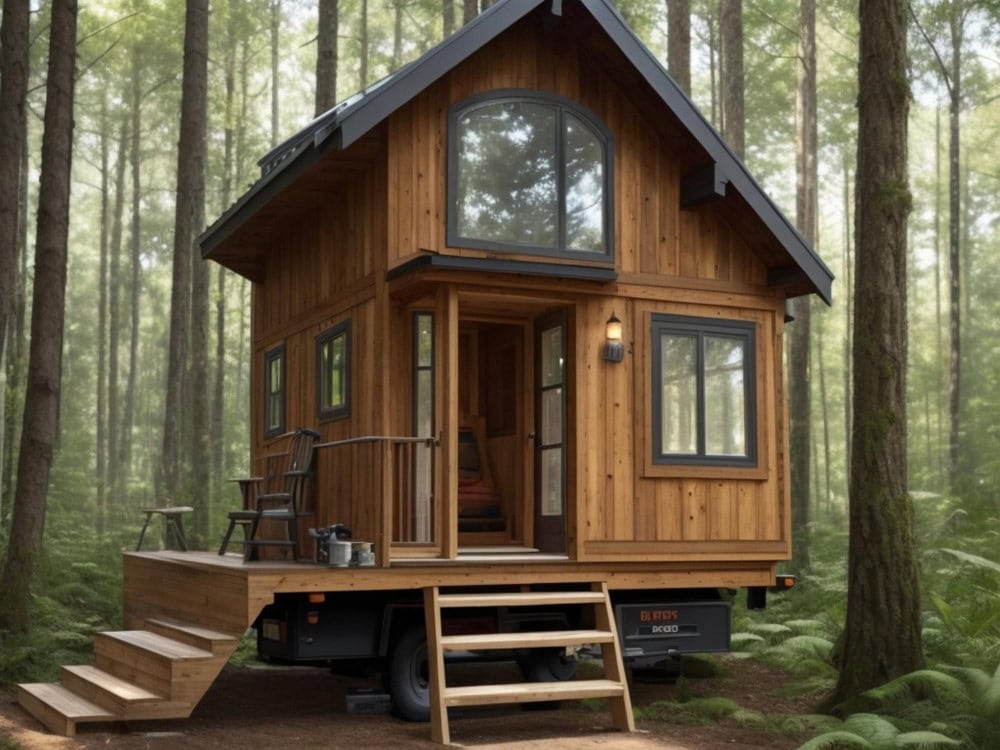
Community and Shared Resources
Building a tiny house does not have to be a solitary endeavor. Engaging with the tiny house community can provide access to shared tools, advice, and even labor. Many cities have groups or meet-ups for tiny house enthusiasts where experiences and resources are exchanged. Participating in a tool-sharing program or organizing a building party where friends and community members help with the construction in exchange for food and drinks can significantly reduce your labor costs. These connections not only support your budget-friendly build but also enrich your experience by fostering a sense of community.
Real-life Examples and Success Stories
Take inspiration from real-life success stories of individuals who have navigated the journey of building a tiny house on a budget. For instance, a couple might share how they built their 300-square-foot home for under $20,000 by using mostly reclaimed materials and doing the majority of the work themselves. Such stories are not only motivational but also provide practical tips and innovative ideas that you can adapt to your own project. These anecdotes highlight the creative solutions and significant savings achievable with thoughtful planning and resourcefulness.
Conclusion
Building a tiny house on a budget requires careful planning, a willingness to learn, and an innovative approach to problem-solving. By understanding the costs, planning meticulously, making cost-saving design choices, balancing DIY with professional help, sourcing materials wisely, and leveraging community resources, you can construct a home that fits both your dreams and your budget. We encourage you to take the leap, armed with these strategies, and join the growing community of tiny house owners who have successfully turned their small-space living dreams into reality. Share your story, ask questions, and continue to learn from others’ experiences. Your journey to building a tiny house on a budget could inspire the next person looking to simplify their life and reduce their environmental footprint.

